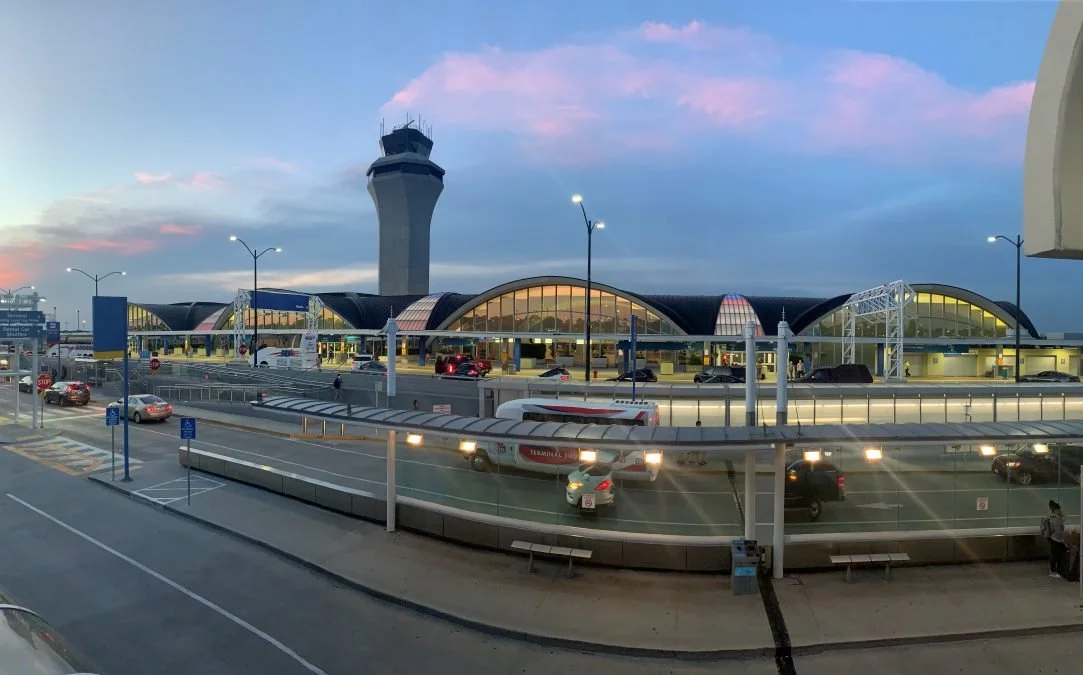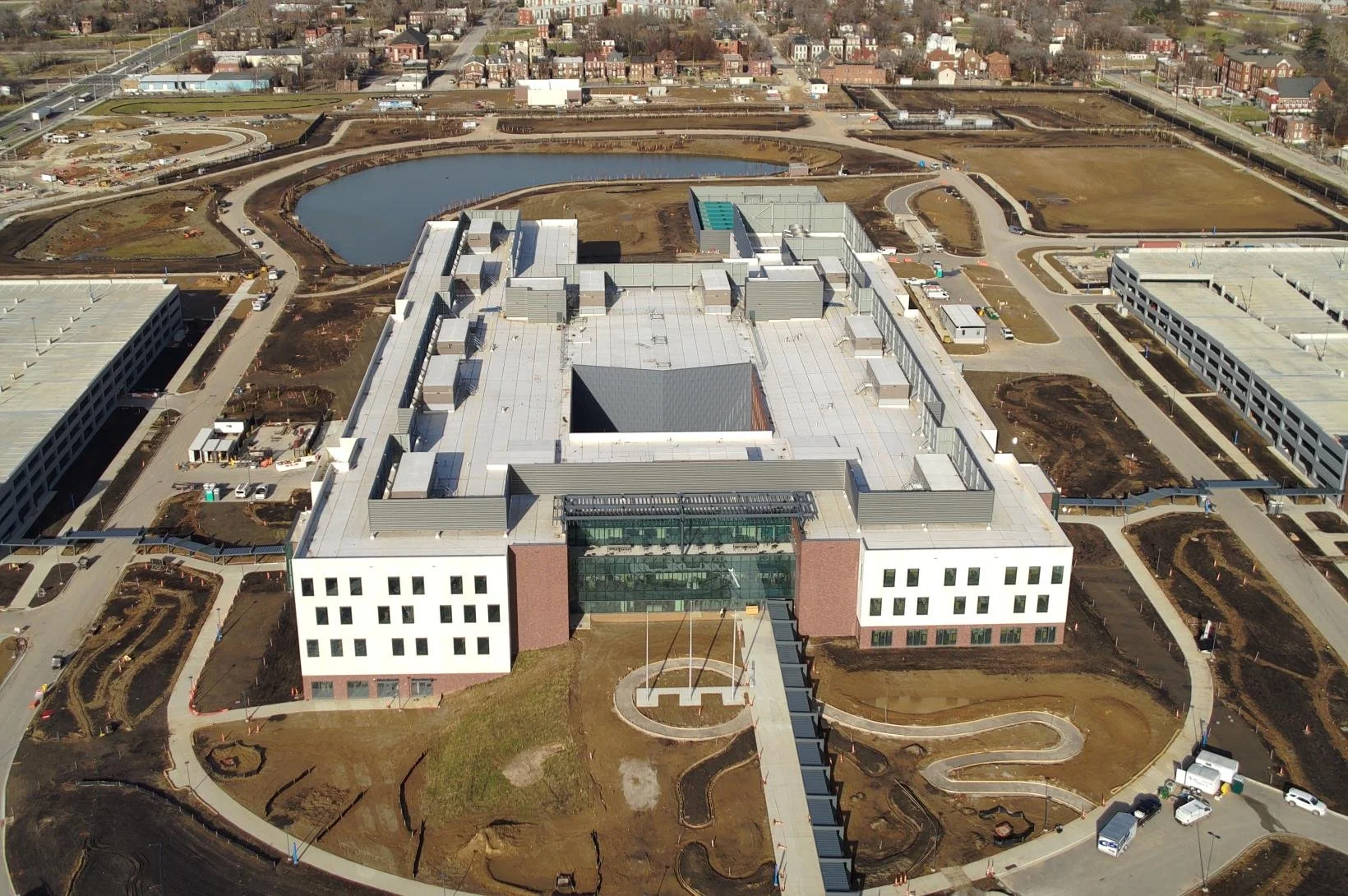Leaders convened downtown to mark the completion of the 7th Street corridor project, a significant infrastructure upgrade linking Ballpark Village/Busch Stadium and Washington Avenue/America’s Center. The improvements include protected bike and pedestrian lanes, widened sidewalks, upgraded crosswalks, new lighting and trees, repaved roadway (Walnut to Washington), and enhanced traffic management systems.
Developed through a public-private partnership featuring the City of St. Louis, Greater St. Louis, Inc., SLDC, St. Louis Cardinals, Explore St. Louis, and local business investors, the effort also ties into the Brickline Greenway at Market Street to boost connectivity and foot traffic.
Project backers say the upgraded corridor will foster a safer, more welcoming environment that supports walking, biking, and street-level activation. As activity increases, they expect new demand in retail, offic,e and mixed-use commercial real estate, helping to catalyze redevelopment of underused properties. In a market where downtown has wrestled with office vacancies and the need for adaptive reuse, this improved infrastructure is poised to attract investor interest and support the conversion of dormant buildings into productive space.
Officials view the 7th Street project as a milestone in the broader downtown revitalization agenda — one that strengthens links among core destinations and lays groundwork for sustained real estate momentum.
Header image: City leaders celebrating the completion of the 7th Street infrastructure upgrade project. Photo | .Greater St. Louis, Inc.






